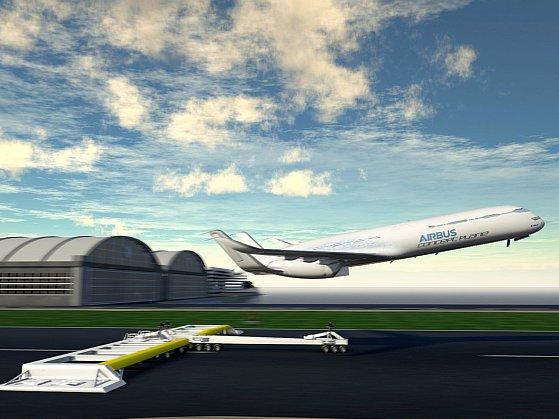‘Aviation is fascinating to people because airplanes are beautiful to look at, because they go fast, because speed is exciting, because flight for those who haven’t studied is fascinating and a mystery. Air crashes are very rare nowadays, and they are getting even rarer. But just because airplanes are getting better and smarter, and more reliable, all the difficulties mankind has ever faced with—weather phenomena, extremes of weather— these are all unknowns. Don’t ever settle into a modern airplane and think nothing can go wrong.’—David Learmount, operations and safety editor of Flight International magazine
Airplanes are an incredible engineering accomplishment, but producing tremendous airborne structures is only part of the design challenge involved in safe air travel. Engineers must also consider how to keep passengers safe and comfortable as well.
At high altitudes oxygen levels are thin, so modern aircraft must also serve as life support vessels that pressurize oxygen inside the cabin. This requires that the fuselage overcome tremendous pressure changes as it soars into the sky to protect the passengers inside. If an aircraft cannot withstand these pressure changes, an ordinary flight can become a nightmare.
The Comet
In 1952 the Comet ushered in the Jet Era as the British built plane took its maiden voyage from London to Johannesburg. However, this engineering marvel of the day would bring tragic consequences.
In 1953 the Comet crashed twice shortly after take-off killing a total of 54 passengers. The following year, the Comet disintegrated mid-air above the Mediterranean Sea killing all 35 on board. Investigators discovered that the Comet’s design could not withstand pressurization of high altitudes and the stress blew its fuselage to pieces. The Comet fleet was grounded.
Scientists scrutinized the Comet design by placing the craft in a large tank that was repeatedly filled and emptied of water to examine how the plane responded to changes in pressure. Their test revealed the devastating consequences of metal fatigue—the weakening of metal structures due to prolonged stress and load.
Investigators noticed fatigue cracks around the Comet’s square windows giving rise to further cracking that traveled throughout the structure. Through repeated tests, the exterior of the airplane became so stressed that the cracks eventually connected and under the force of changing water pressure the fuselage was torn apart.
The Comet design was not sufficient enough to keep the necessary pressurized oxygen in the cabin. But precisely because of the Comet, modern airliners are now designed with rounded windows to avoid pressure buildup at edges and corners. In addition, extra rivets are now used to control possible cracks that might occur elsewhere on the fuselage.






